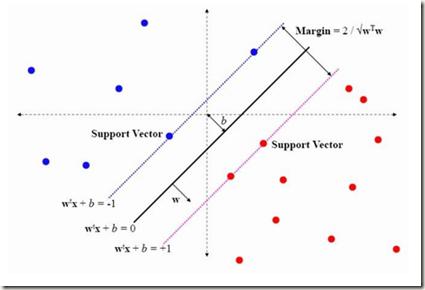Computed Tomography (CT) scans provide a detailed image of the lungs, allowing clinicians to observe the extent of damage caused by COVID-19. The CT severity score (CTSS) of COVID-19 can be categorized based on the extent of lung involvement observed on a CT scan. This paper proposes a domain knowledge-based pipeline to extract the infection regions using diverse image-processing algorithms and a pre-trained UNET model. An ensemble of three machine-learning models, Random Forest (RF), Extremely Randomized Trees (ERT), and Support Vector Machine (SVM), is employed to classify the CT scans into different severity classes. The proposed system achieved a macro F1 score of 57.47% on the validation dataset in the AI-Enabled Medical Image Analysis Workshop and COVID-19 Diagnosis Competition (AI-MIA-COV19D).
翻译:计算成表扫描提供了肺部的详细图像,使临床医生能够观察COVID-19所造成的损害程度。COVID-19的CT严重程度评分(CTSS)可依据在CT扫描中观察到的肺部参与程度进行分类。本文件建议使用多种图像处理算法和预先培训的UNET模型,利用一个基于知识的域际管道来提取感染地区。使用三种机器学习模型的组合,即随机森林、极随机树和辅助矢量机(SVM),将CT扫描分为不同的严重程度等级。拟议的系统在AI-Engable医疗图像分析讲习班和COVID-19诊断竞赛(AI-MIA-COV19D)的鉴定数据集中实现了57.47%的宏观F1分。</s>



